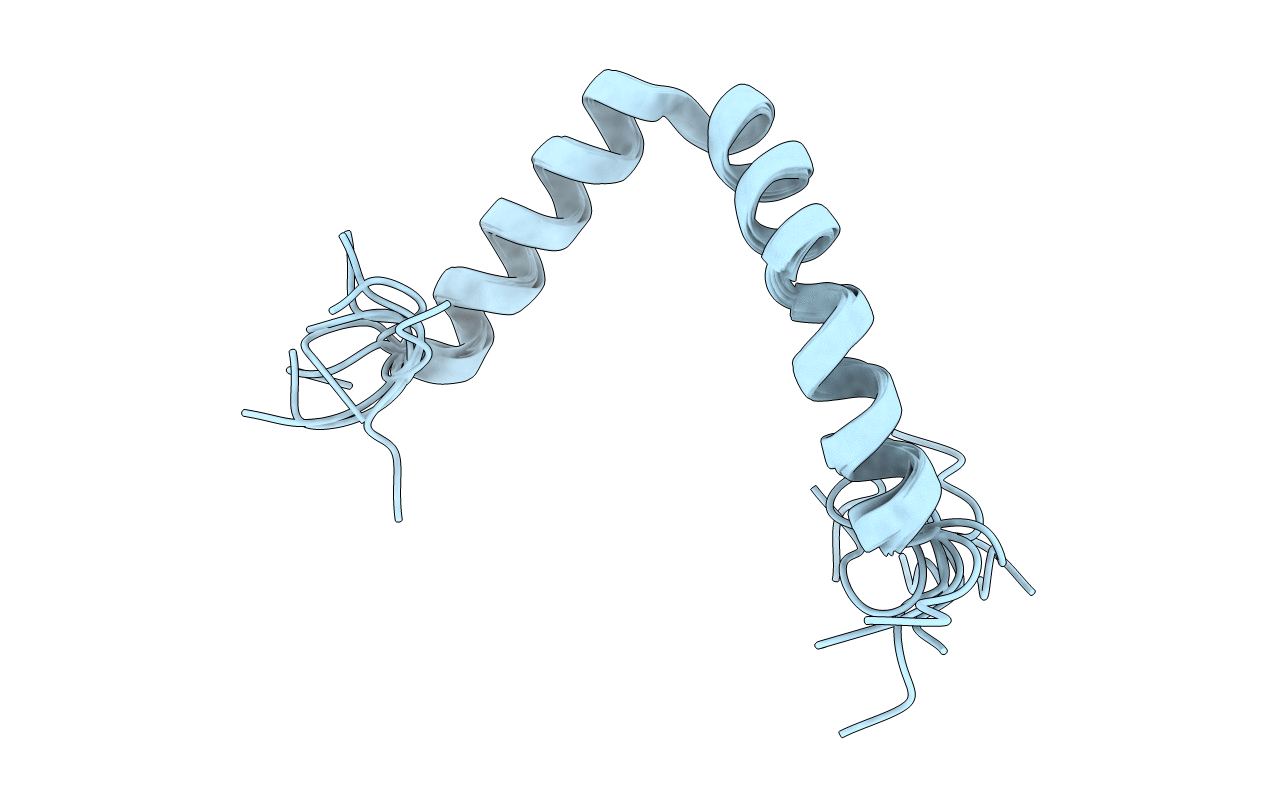
Deposition Date
2012-10-08
Release Date
2013-03-20
Last Version Date
2024-11-06
Method Details:
Experimental Method:
Conformers Calculated:
200
Conformers Submitted:
10
Selection Criteria:
structures with the lowest energy


